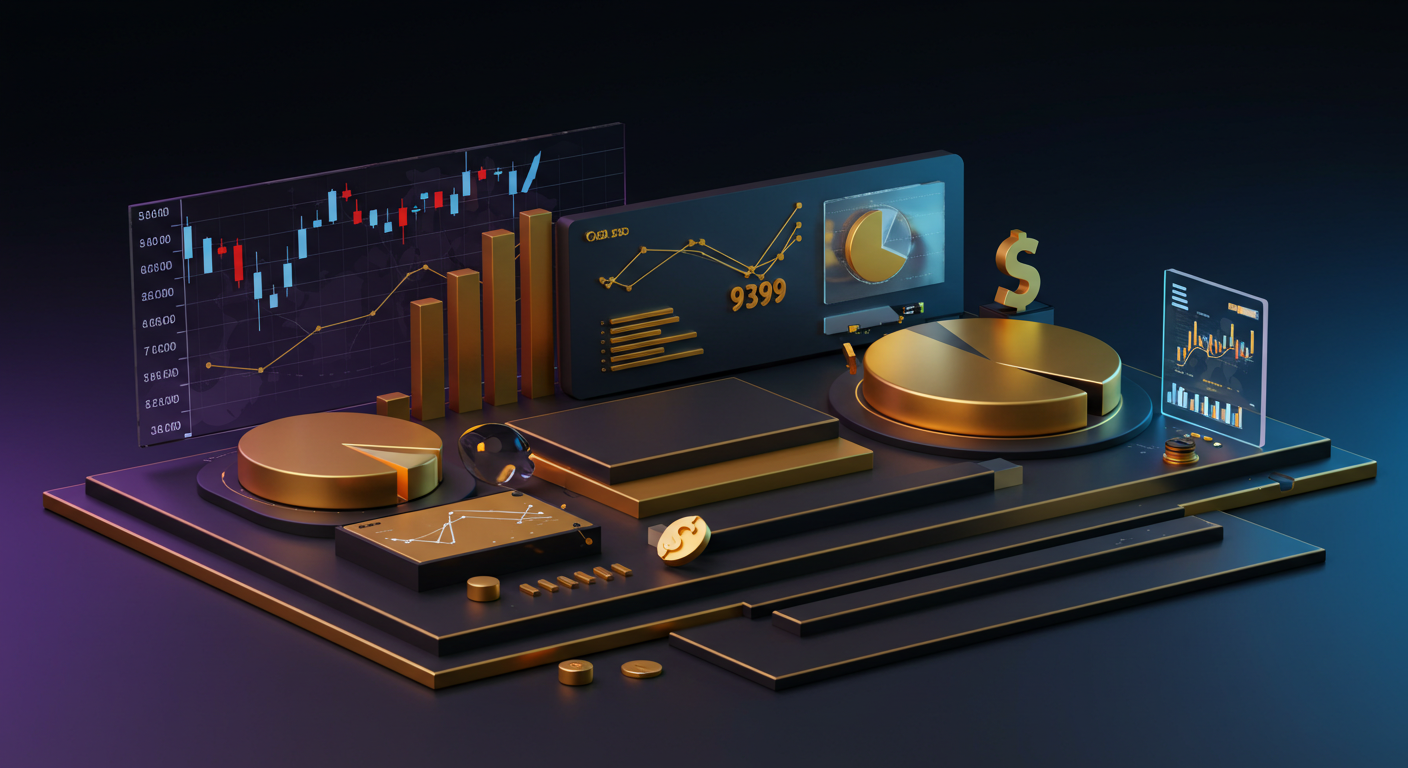
Gold prices in Pakistan increased on Friday. The cost per gram rose to 30,554.36 Pakistani Rupees (PKR) from 30,415.32 PKR on Thursday, and per tola, the price climbed to 356,375.20 PKR from 354,758.40 PKR.
Globally, the employment situation impacted markets as the ADP Employment Change report showed a loss of 33,000 jobs, defying expectations of a 95,000 gain. In response, political dynamics have put pressure on the Federal Reserve, with calls for interest rate reductions amid US financial uncertainty.
Gold And Market Instability
Gold’s value typically moves in opposition to the US Dollar and US Treasuries, and it rises during market instability. Central banks are substantial holders of gold and boost reserves for economic security, acquiring a record 1,136 tonnes in 2022.
The price of gold depends on several factors, including geopolitical events, recession fears, and interest rate changes. Gold is particularly sensitive to fluctuations in the US Dollar, generally rising when the Dollar weakens and falling when it strengthens. This article does not provide investment advice.
Given the uptick in local gold prices, paired with turbulence in global data, it’s not hard to see why attention is shifting toward hard assets. The sharp miss in the ADP employment figure—showing a decline rather than the expected gain—carries weight. For those of us watching markets daily, it speaks to tension beneath the surface of US economic indicators. A discrepancy of this scale isn’t something brushed aside lightly, and it warrants recalibrating risk models, especially when the number not only missed consensus but reversed direction entirely.
Powell’s institution now finds itself in a bind. With political voices growing louder and economic data faltering, market participants are bracing for adjustments. Rate futures are already re-pricing with stronger odds of cuts, and that alone exerts pressure downward on yields. When real rates fall or even pause their climb, it often pushes capital flow into metals. Not because gold yields anything directly, but because it holds value when other instruments look less appealing.
Global Central Bank Actions
Globally, central banks continue to signal longer-term caution. This isn’t just optics—when institutions that hold fiat by the billions start stacking tonnes of physical, it’s a directional clue, not simply a portfolio rebalancing. The 2022 figures remain fresh in memory for a reason. It shows a willingness to forego interest-bearing assets for the sake of perceived reliability, even at scale. Traders might note that such institutional behaviour, though not daily, can stretch over months and alter demand profiles beneath the market’s surface.
We should also stress that these movements often cascade. A deeper weakening in the greenback typically initiates a broader reshuffling—allocations shift, leveraged positions unwind, and volatility spikes. Dollar weakening isn’t merely a tailwind for gold; it’s a set of gears that turns the broader commodities wheel. Institutions with exposure across baskets will likely be re-evaluating their ratios, triggered both by FX shifts and jobs data suggesting fragility.
With all that in mind, short-dated interest rate derivatives and implied volatility metrics could see heightened activity. However, sustaining directional bets might require confirmation from the next payroll report or comments from FOMC members clarifying their stance. Until then, pricing remains reactive, not proactive. Monitoring correlations between Gold futures and Dollar Index levels—particularly intraday—could provide early signs of pressure building in either direction.
From a risk management angle, gold moving higher in both local terms and international pricing presents questions. Are we dealing with just a currency adjustment, or is there a broader repositioning underway in expectations concerning US and global growth trajectories? Hedging strategies that were efficient even a month ago may now lag, especially with rate path projections swinging weekly.
We have found in the past that dislocations like these often precede wider volatility across macro assets. Watching spreads between gold and Treasury yields, and perhaps even selectively dialling into ETF flows, might provide early reads into how sticky this demand uptick proves to be.
In short, the data miss has pulled forward some sentiment shifts. But whether traders position defensively or chase the move depends on the clarity—or lack of it—that follows in the next round of official economic disclosures. Until then, implied skew in options pricing and momentum plays on select contracts may offer cleaner, less exposed opportunities than outright directional bets.







